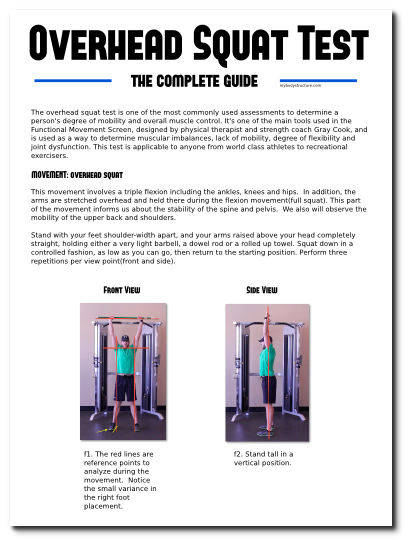Most of us take breathing for granted—it’s constantly in the background of our body’s functioning, and we don’t notice it until we’re sick, anxious, or winded from exercise. But understanding and consciously engaging with the breath can yield a multitude of benefits, both mental and physical.
Our usual, unconscious breathing pattern is shallow, originating in the chest or the throat, and creates an imbalance in the carbon dioxide/oxygen content of the blood. In extreme circumstances, such as during vigorous exercise, or high-stress situations, this can result in ‘shortness of breath,’ or an inability to provide adequate oxygen to the brain and body tissues.
Optimal breathing engages the diaphragm, a large muscle that separates the lungs from the internal organs of the abdomen. The diaphragm is located around the base of the ribcage in most people, and with a little practice and awareness, can be consciously activated to improve breathing. The basic technique for diaphragmatic breathing involves breathing deep into the abdomen, imagining that the inhaled air is inflating the belly, as opposed to the chest. Over time, an awareness of the action of the diaphragm arises, as a ‘pulling down’ upon inhalation, and a relaxation and upward movement upon exhalation.
Consistent practice of this technique can improve pulmonary capacity in athletes and sedentary populations alike, and can provide an effective stress management technique for individuals with a propensity toward anxiety.









